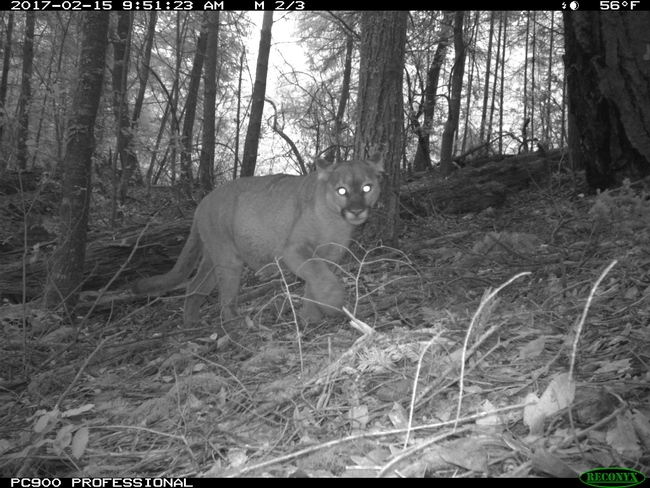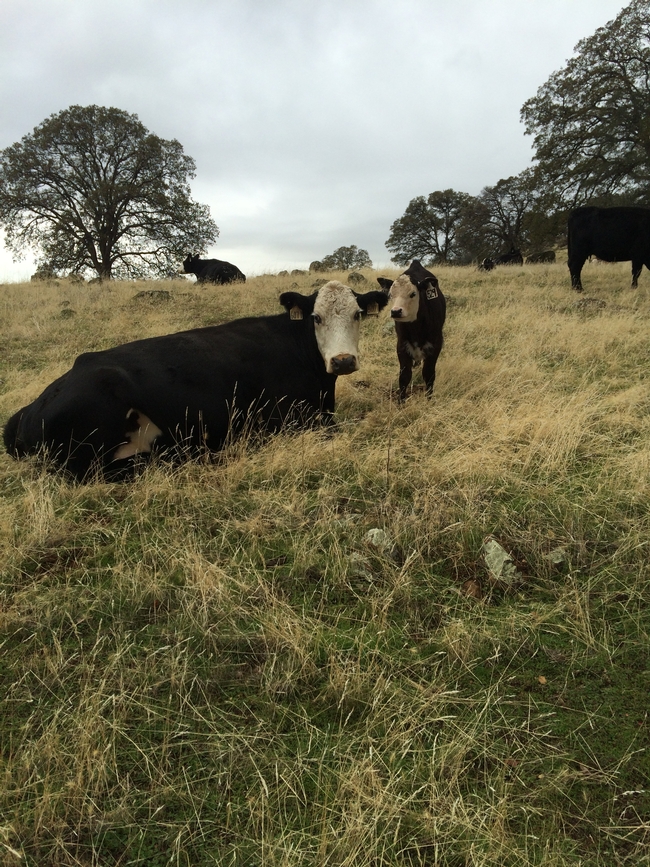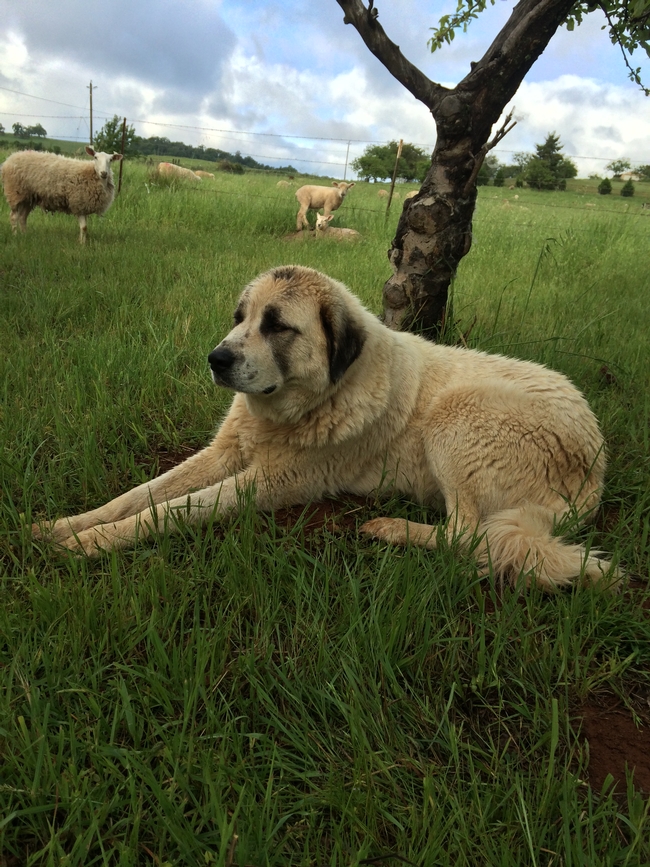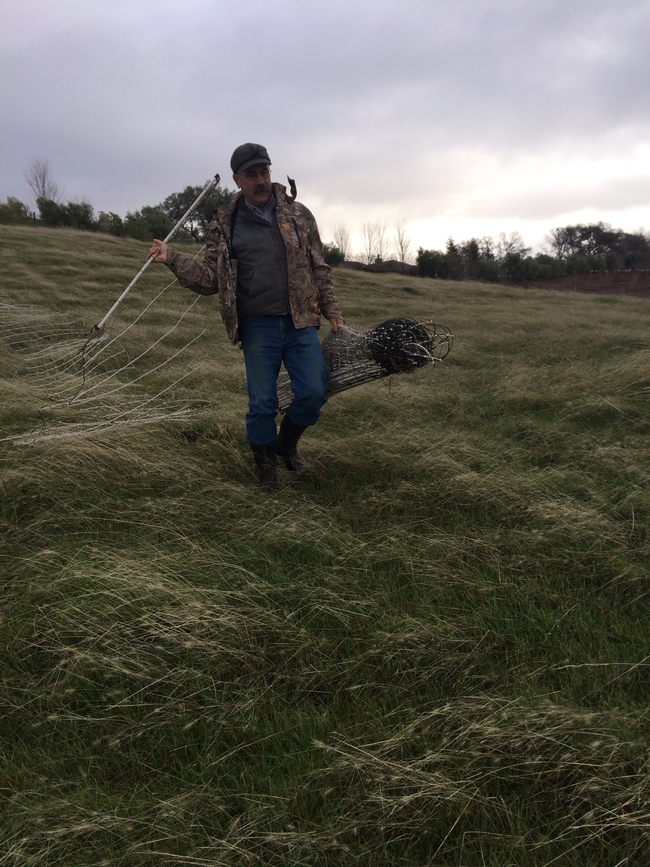
Legal restrictions and public perception regarding lethal predator control make nonlethal livestock protection tools critical for ranchers and small-scale livestock owners alike. Equally as important, many producers (myself included) emphasize co-existence – part of what I enjoy about grazing sheep in our foothill rangelands is the opportunity to be around wildlife. For those of us who cannot be with our livestock around the clock (that would include most of us, I presume!), these tools can also offer peace of mind.

Over the next several months, my Ranching in the Sierra Foothills blog will highlight information from a forthcoming UC publication on livestock protection tools. These blog posts, which reflect both research-based knowledge and real-world experience, are intended to help ranchers and small-scale livestock owners evaluate the types of tools that may fit their site-specific needs. In this post, I'll briefly describe two of the tools that we use in our pasture-based sheep operation near Auburn.
Livestock Guardian Animals: Dogs, donkeys, and llamas are the most commonly used guardian animals. Research (and 
Temporary Electric Fencing: Fences can either be physical barriers (like field fencing) or psychological barriers (like electric fencing). In my experiences, few (if any) fences are 100 percent effective. An adult coyote can squeeze through a 4”x6” opening; a mountain lion can scale a 6-foot fence. In our sheep operation, we've had good success using 42” electro-net fencing. These fences, which come in 164-foot sections, feature electrified horizontal poly wires and plastic stays between posts. We use battery powered fence energizers, and I should note that these electro-nets take significantly more power than smooth-wire electric fences (I like to have at least 0.25 joules per net – in other words, a 3-joule energizer is needed to power 12 sections of fence). Research in Montana suggests that electro-net can significantly reduce coyote intrusion into paddocks (Matchett et al. 2013). While I've seen a coyote jump my electro-net fencing while I was building a paddock, I've never observed a coyote inside a paddock once it was electrified (in more than a dozen years of using electro-net fencing extensively).
Obviously, these (and other) livestock protection tools have costs associated with them. Ranchers – and small-scale livestock owners – must compare the costs of these tools with the protection benefits. Costs are easy to tally; benefits are more challenging – after all, how can I measure the number of livestock NOT killed by predators. That said, site- and operation-specific combinations of these tools seem to prevent direct losses, and may reduce indirect impacts in some production systems as well (Stone et al. 2017).
In my next post, I'll discuss several more livestock protection tools, including attractant removal, night penning and alarm/scare devices. I hope other producers will share their experiences with livestock protection tools, as well! In the meantime, be sure to check out the Livestock-Predator Information Hub at http://rangelands.ucdavis.edu/predator-hub/.
References
Andelt WF. (2004). Use of livestock guarding dogs for reducing predation on domestic sheep. Wildlife Society Bulletin. 20:55-62.
Breck S. (2004). Minimizing carnivore-livestock conflict: the importance and process of research in the search for coexistence. In N Fascione A Delach ME Smith (Eds.), People and Predators: From Conflict to Coexistence. (13-27). Washington, DC: Island Press.
Gehring T et al. (2010a). Utility of livestock-protection dogs for deterring wildlife from cattle farmers. USDA National Wildlife Research Center – Staff Publications. Paper 1344. (Available at http://digitalcommons.unl.edu/cgi/viewcontent.cgi?article=2342&context=icwdm_usdanwrc).
Matchett MR Breck SW and Callon J. (2013). Efficacy of electronet fencing for excluding coyotes: a case study for enhancing production of black-footed ferrets. USDA National Wildlife Research Center – Staff Publications. Paper 1522.
Ramler J et al. (2014). Crying wolf? A spatial analysis of wolf location and depredations on calf weight. American Journal of Agricultural Economics. 96(3):631-656.
Stone SA et al. (2017). Adaptive use of nonlethal strategies for minimizing wolf-sheep conflict in Idaho. Journal of Mammalogy. 98(1):33-44.
